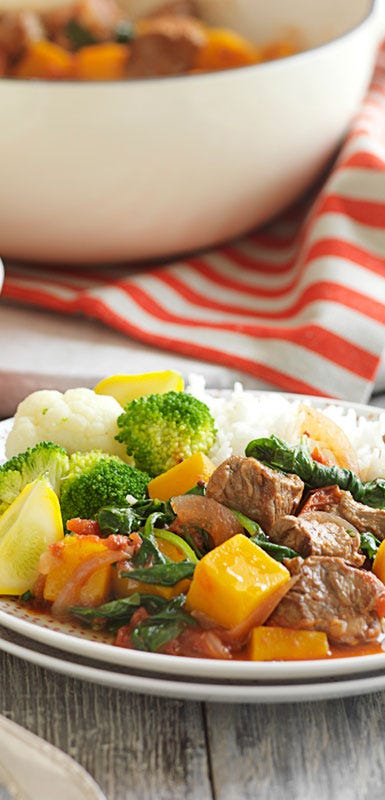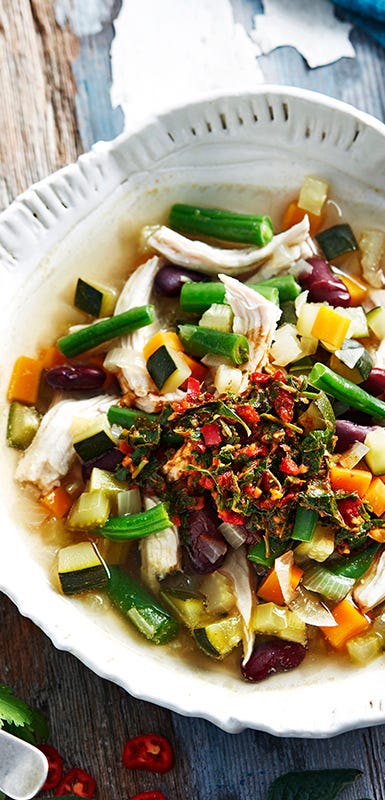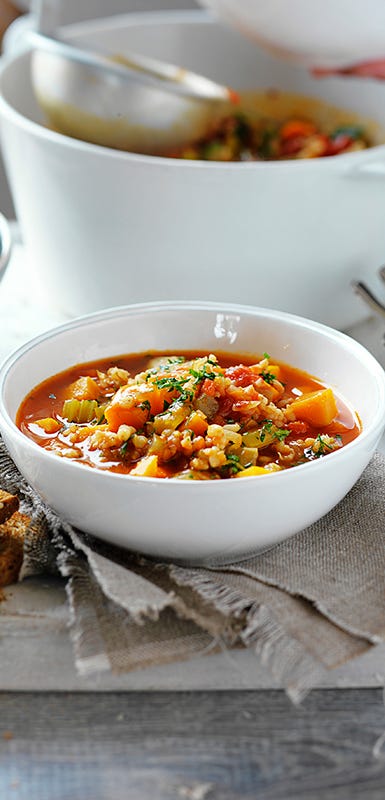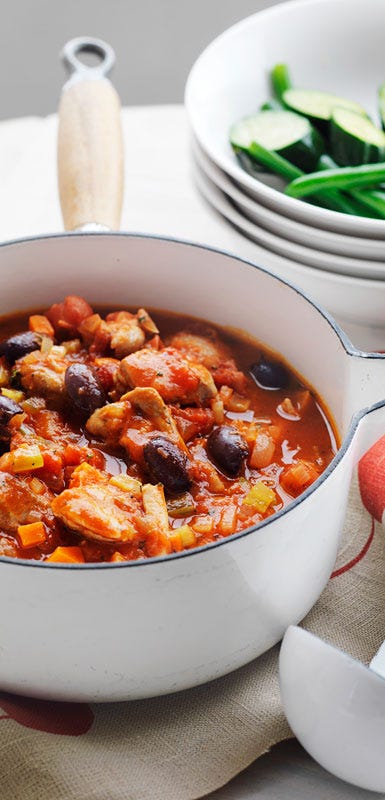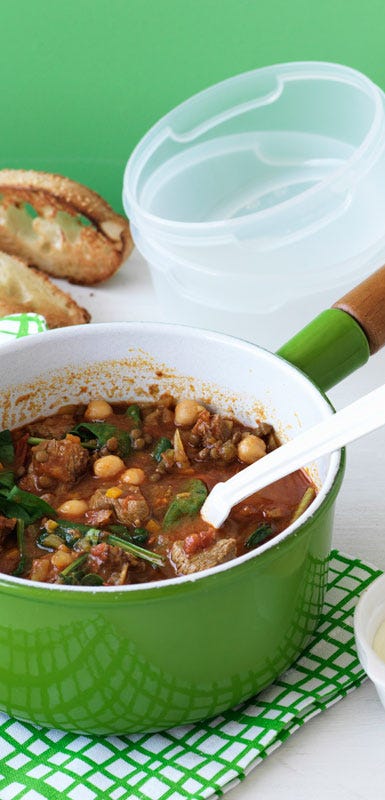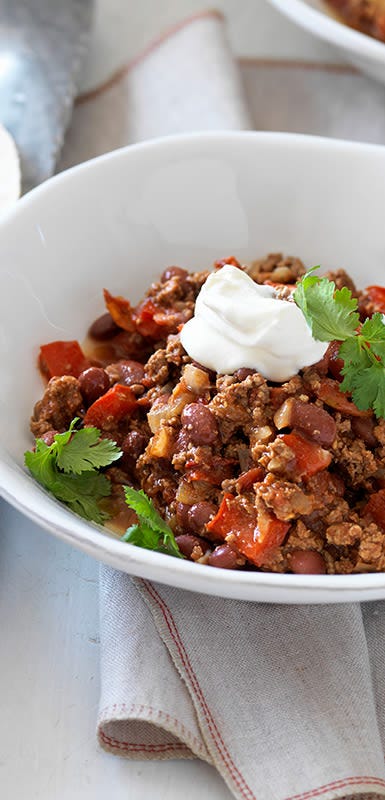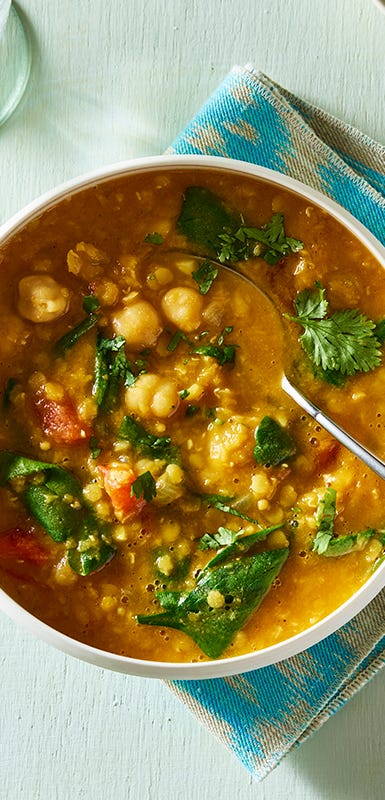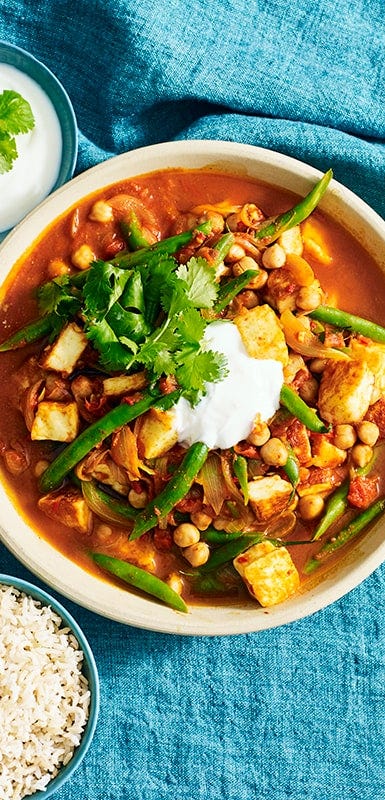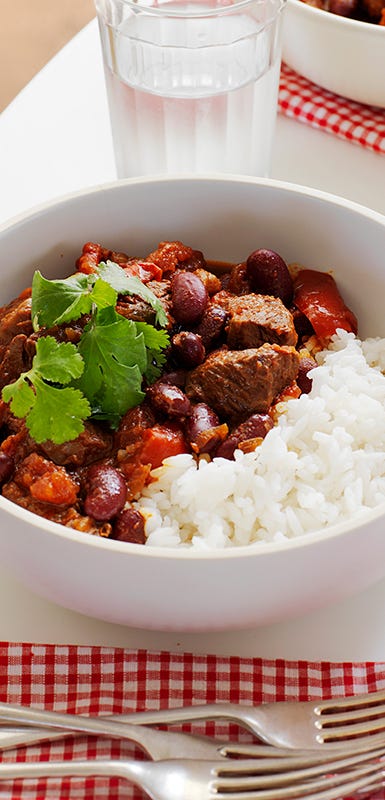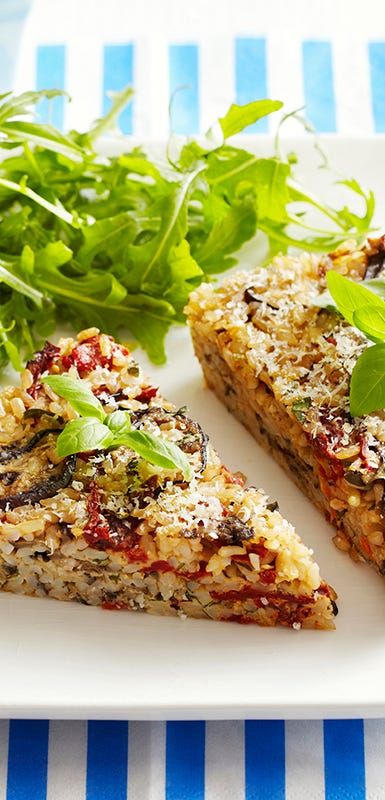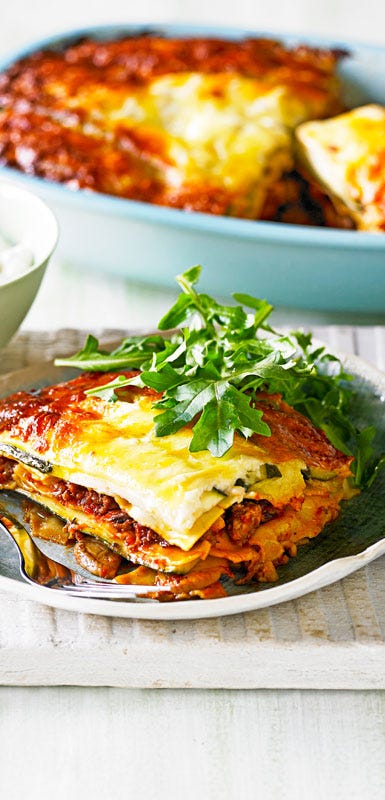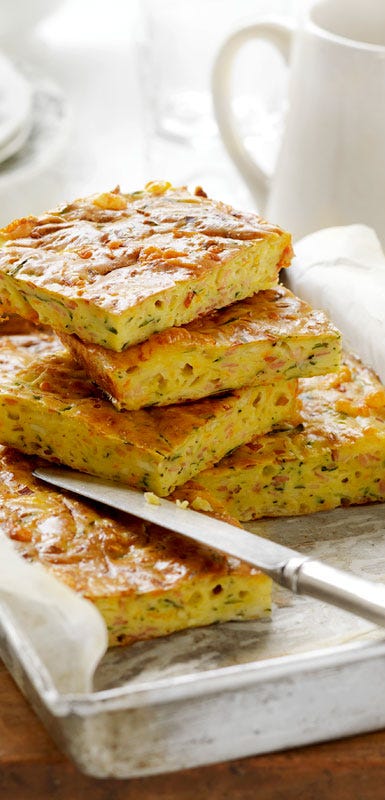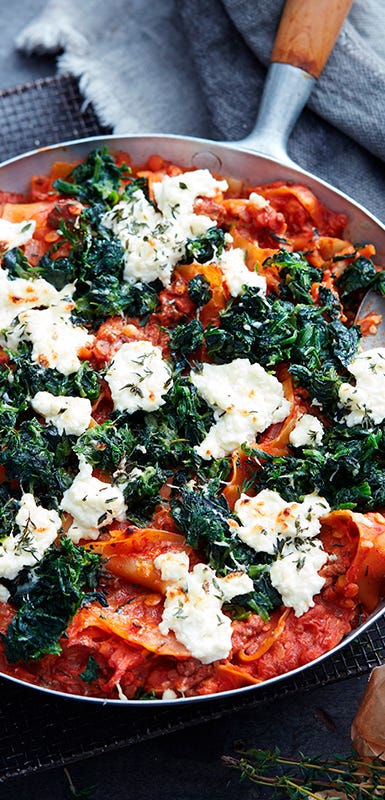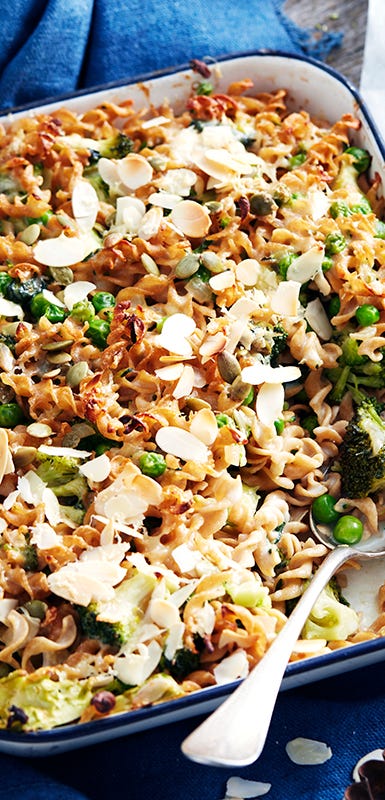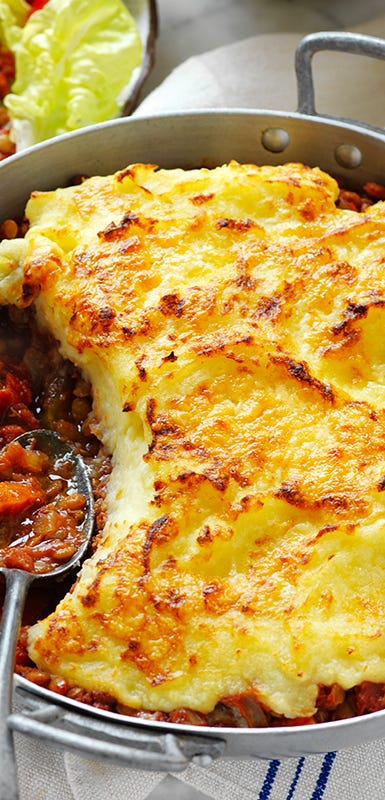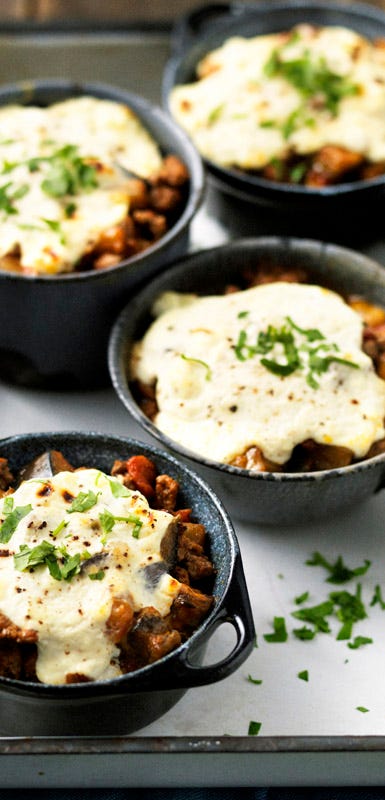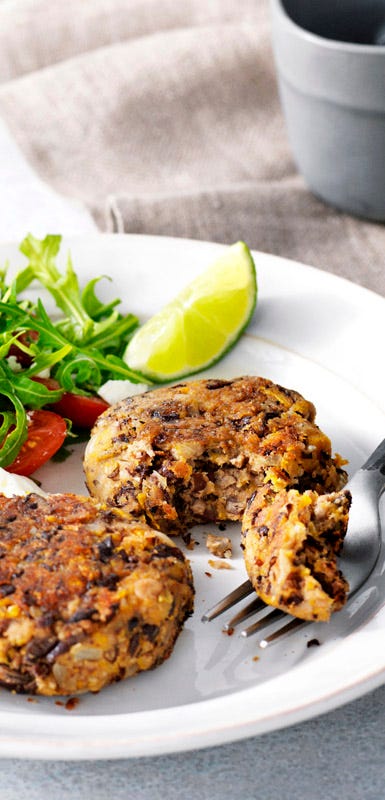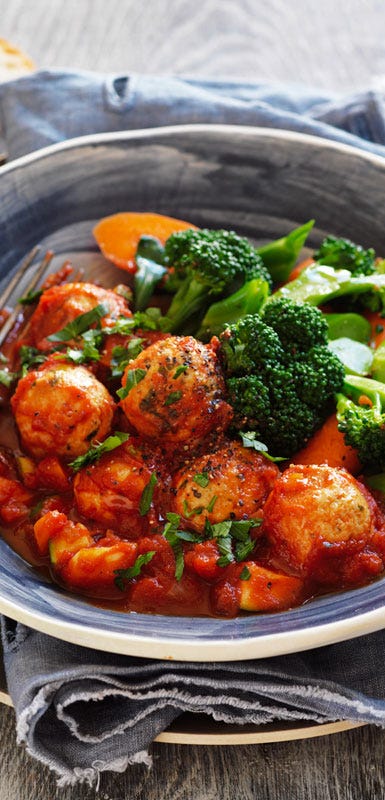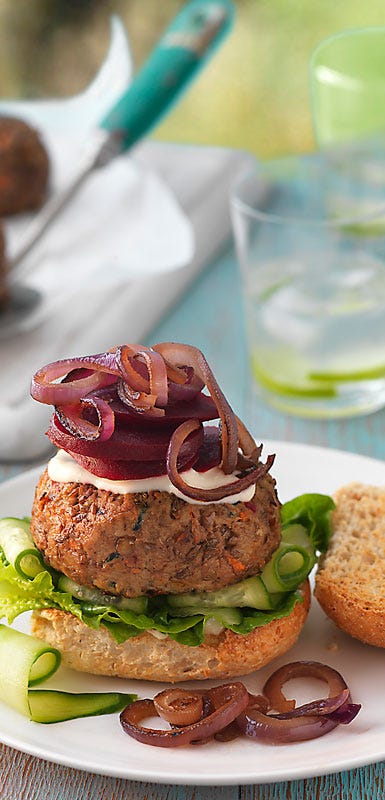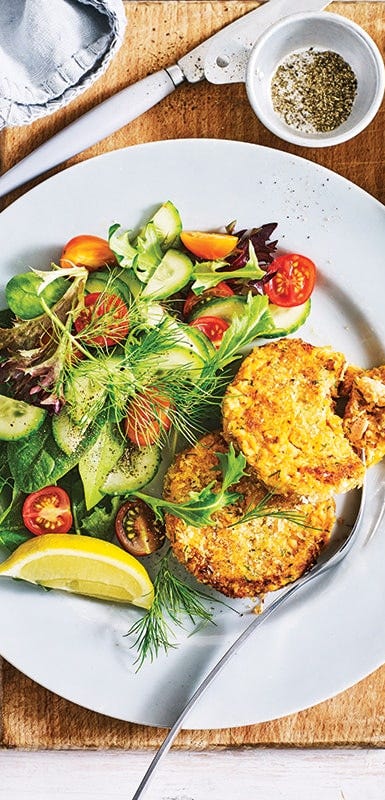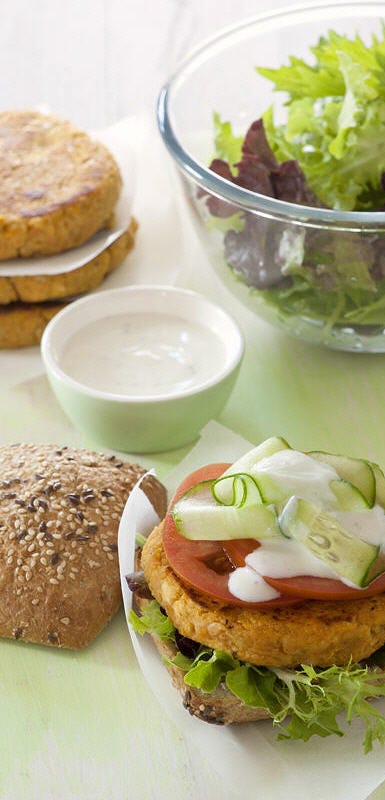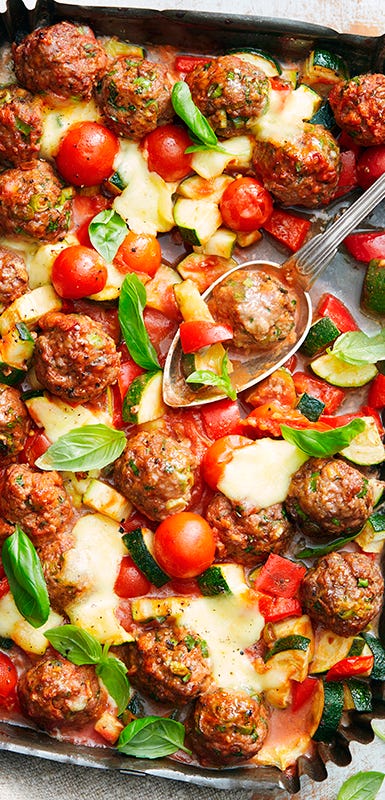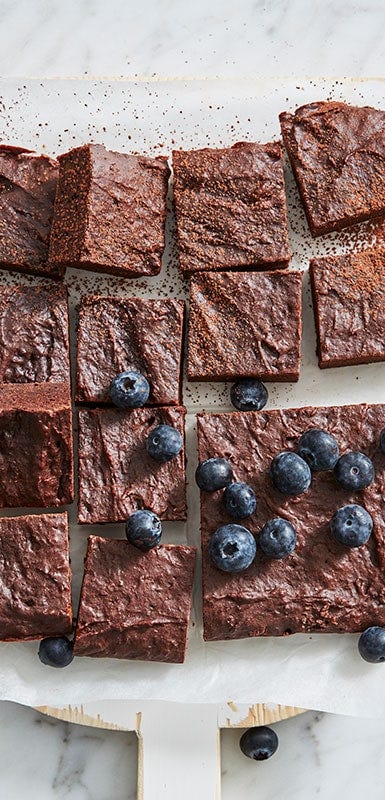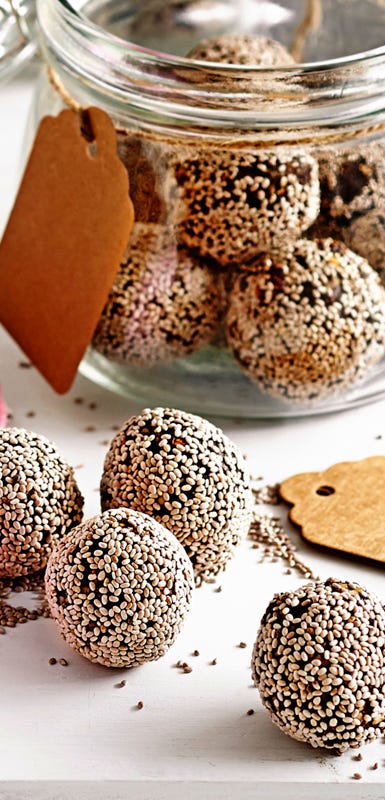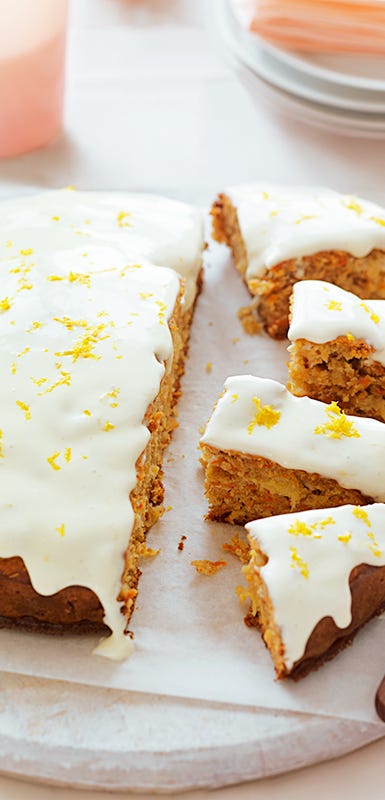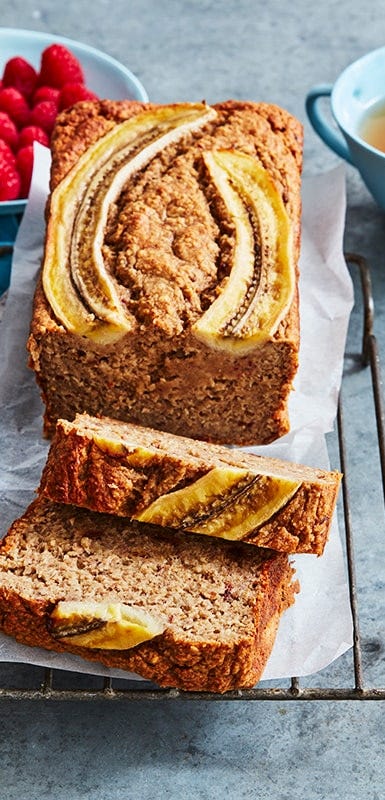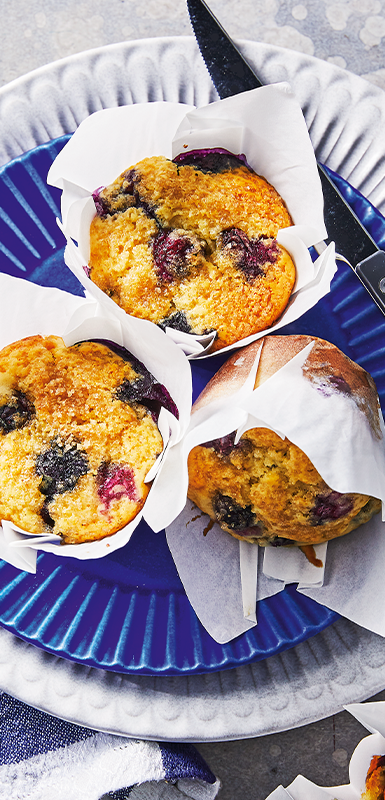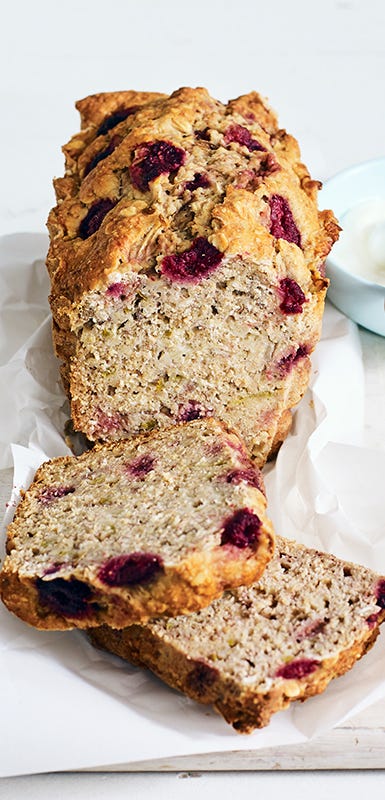Batch cooking guide and recipes
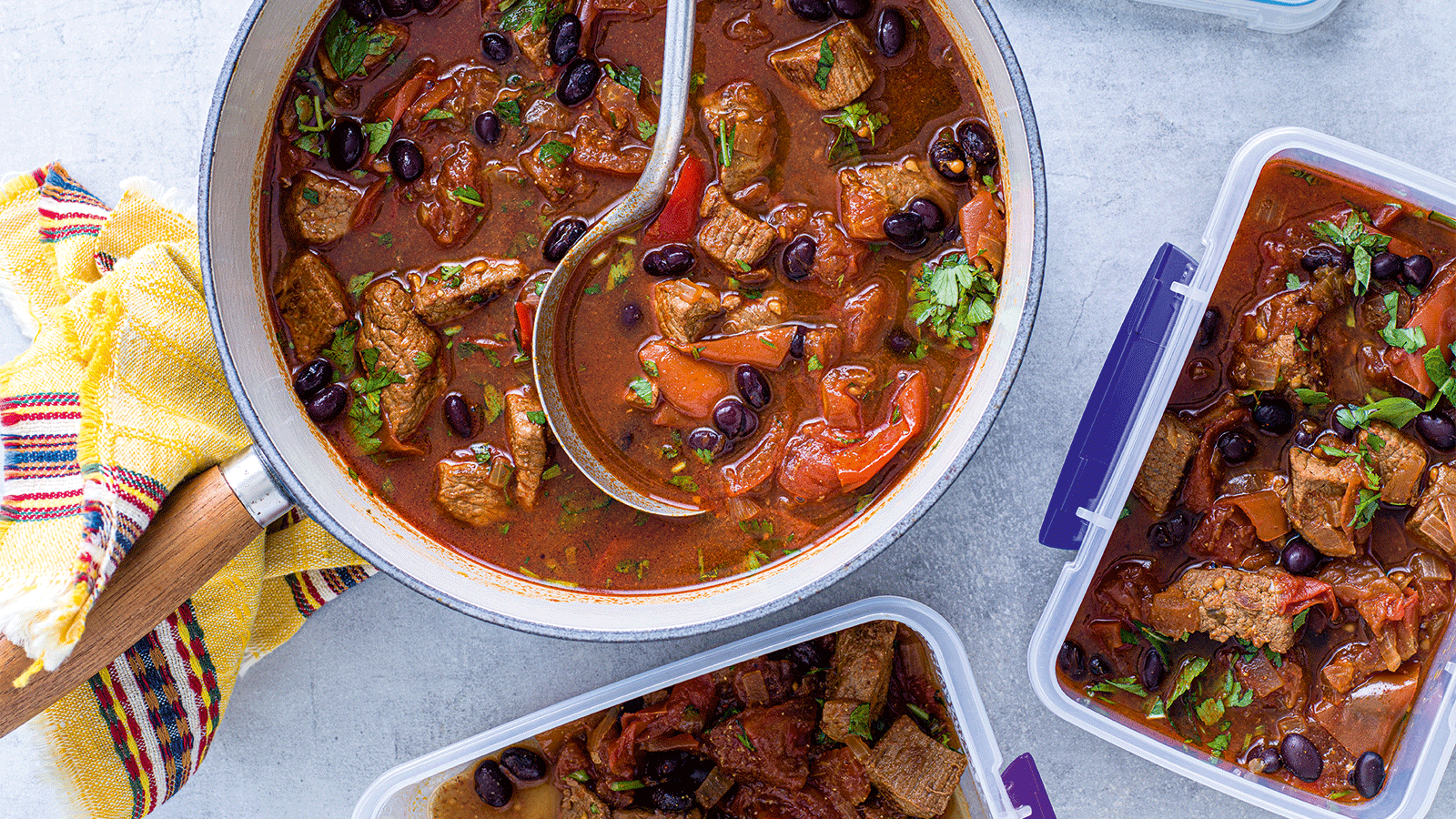

Batch cooking and freezing guide
Batch cooking is a great way to ensure you’ve got healthy options on hand when you need. The logistics of preparing multiple meals in one go can be a little overwhelming at first. But our simple guide to batch cooking will help you become a meal-prepping pro.
What sort of things are good for batch cooking?
In general, dishes such as casseroles, stews, curries, soups and pasta sauces are all ideal for freezing, while foods containing starchy carbs like rice and pasta, fruit and vegetables with a high water content, eggs and soft cheese do not freeze as well.
Planning and shopping for batch cooking
- Make a plan – figure out what you’re going to cook and what ingredients you’ll need.
- Check your pantry first to make sure you’ve got all the staples you’ll need, like rice, dried herbs and spices and canned tomatoes.
- Make a shopping list and shop for everything all at once.
- Clear out your freezer beforehand so you’ll have enough room to store your batch-cooked food.
What you'll need to batch cook
Plastic sealable containers or freezer bags are ideal. If you have microwave-safe containers, you can reheat the food in the same container you’ve frozen it in. Zip-lock freezer bags are great for freezing things in individual portions – consider buying reusable silicone ones that can be washed out and used over and over again.
How to freeze food
Let foods come to room temperature before freezing, then put them into containers or bags and freeze them straight away. If you’re using freezer bags, squeeze out as much air as you can to help avoid freezer burn and save space in the freezer. Label everything clearly with the recipe name and date of freezing and the portion size. You might want to freeze some single-serve portions, or bigger portions for the whole family – this will help you avoid waste and make defrosting times shorter. Don’t forget what you’ve got in the freezer. Keep a list, or regularly check your freezer to remind yourself what you’ve got in there.
RELATED: Ultimate freezer guide and recipes
Scaling recipes up and down for batch cooking
The key to batch cooking success is knowing how to scale your recipes for the number of serves you are wanting to make. Batch cooking generally involves doubling, tripling or even quadrupling a recipe, however if you’re cooking for one or two and don’t plan on freezing extra serves, you may want to halve a recipe. Here are five tips for scaling recipes up or down:
1. Get it in writing first
Write down your adjusted ingredient quantities before you start cooking to help you stay on track.
2. Eggs can be messy
If you end up needing only half an egg after halving a recipe, crack it into a bowl, whisk to combine the yolk and white and then measure out half.
3. Not all foods are equal
When scaling recipes, the same conversion factor can’t be applied to all ingredients. If you’re doubling a recipe:
- Increase seasoning by 1.5 rather than 2, then adjust to taste.
- When sautéing, you only need enough oil or butter to cover the base of the pan.
4. Cooking times can differ
Cooking times may need to be adjusted when scaling recipes up and down. If scaling a recipe up, check the recipe at the time specified, then continue checking every few minutes until it’s ready. If reducing the quantity, begin checking before the specified cooking time.
5. Temperatures may vary
As a general rule, if halving a recipe, reduce oven temperature by 10°C and if doubling, increase by 10°C. The same rule applies for stove-top recipes; you will need to go up or down a little depending on the quantities.

